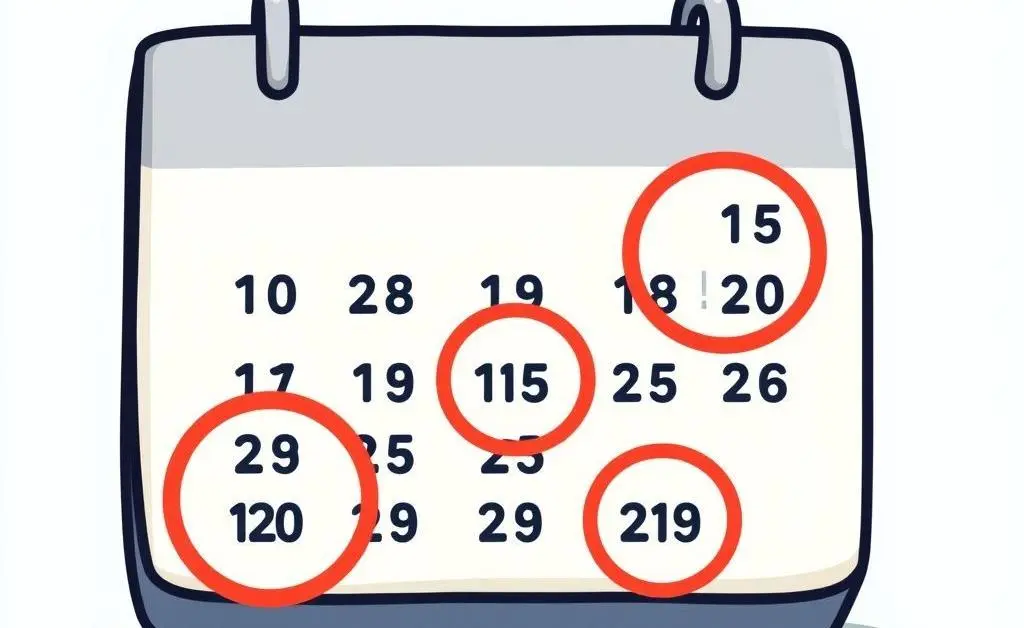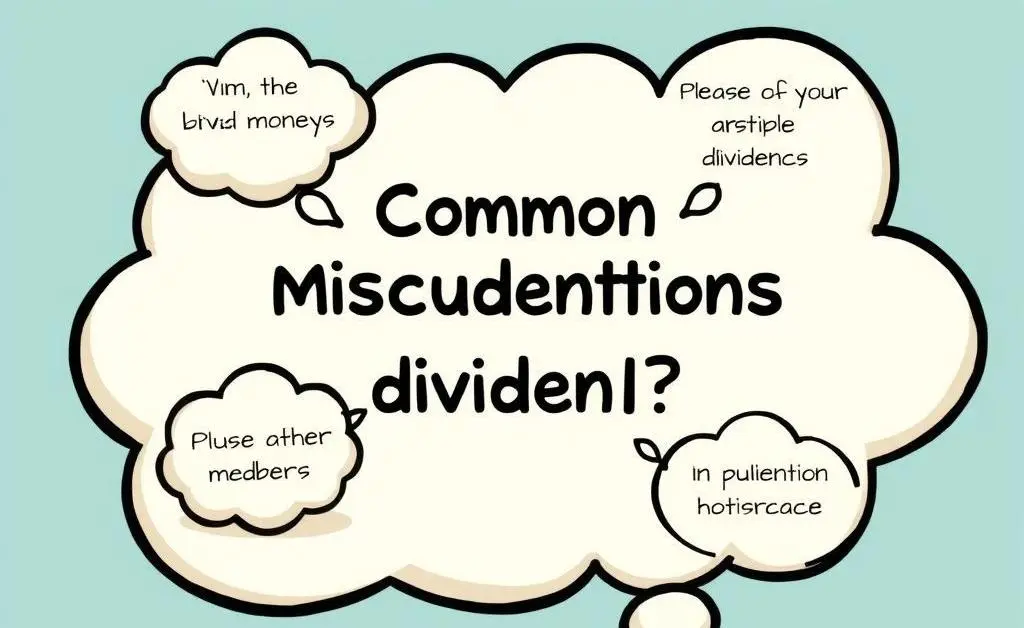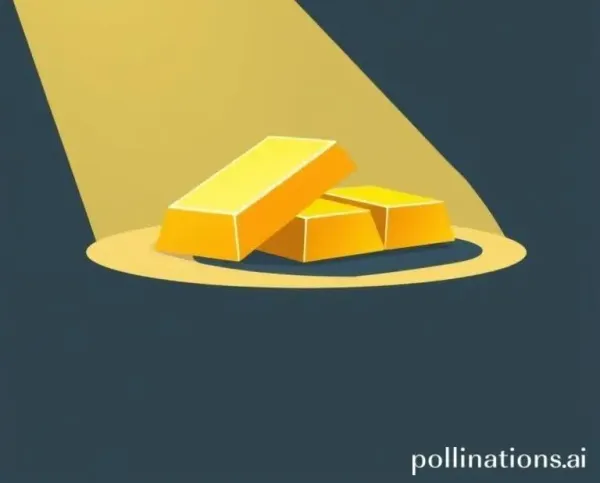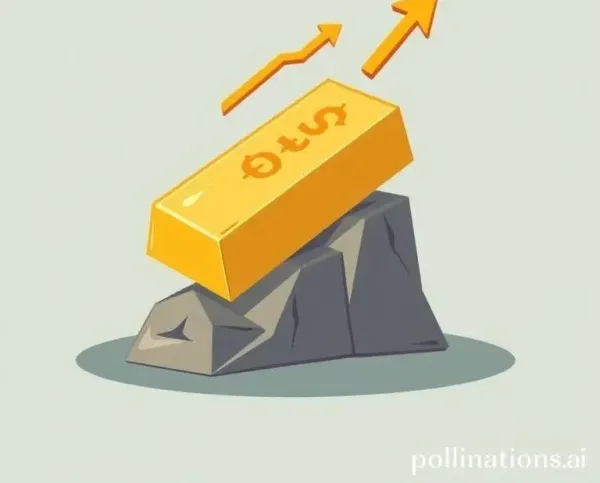Dividends Unveiled: What You Need to Know Before Investing
Discover the pros and cons of dividend investing with practical insights.

Have you ever been lured by the promise of steady income through dividends, only to wonder if they’re as good as they seem? You’re not alone. Let’s dive deep into the pros and cons of dividend investing, the kind of insights Google isn't telling you upfront, and how to really make this strategy work for you.
Understanding Dividends: A Brief Overview
Dividends are commonly seen as an investor’s dream—receiving regular payouts without needing to sell your shares seems magical, right? But, just like any good mystery, there’s more beneath the surface.
The Allure of Dividends

Many are enamored by dividends because:
- They appear as a reliable stream of income, almost like a salary.
- These payouts can feel like a natural reward for holding onto investments long-term.
- Some see them as a safety cushion in volatile markets.
But here’s where it gets interesting—dividends aren’t just free money sent your way for holding stocks. Let’s not jump to conclusions without understanding both sides of this shiny coin.
The Flip Side: Are Dividends Always the Best Investment Strategy?

I once trusted dividends so blindly that I treated them like a new-found favorite hobby. A friend and I invested in a couple of high-yield stocks without knowing the risks involved. While initial checks came in, a sudden market shift taught us that not all dividends are crafted equally. Here are a few insights we gleaned:
- Dividend-paying companies might be stable, but there’s no guarantee payouts will continue at the same rate or at all.
- High dividends could be a sign of underlying issues, not necessarily strong financial health.
- Reinvesting dividends might dilute your gains due to fees or taxes, depending on your specific situation and region. Always check local tax implications.
It was eye-opening, to say the least. I realized that a broader approach considering both growth stocks and dividends might be more resilient.
Strategies for a Balanced Portfolio

Creating a Well-Rounded Portfolio
Remember, diversification involves more than just holding various stocks. Consider including bonds, ETFs, and even real estate. Here’s what to keep in mind:
- Strike a balance between dividend and growth stocks for a progressive yet secure portfolio.
- Spread out across various sectors to buffer against industry-specific downturns.
- Regularly review your investment strategy to align with life changes and financial goals.
In the end, dividends can be a fantastic part of your investment strategy, but only if you understand and control the narrative.
What fascinates you most about dividend investing? Feel free to share your thoughts or stories in the comments!




